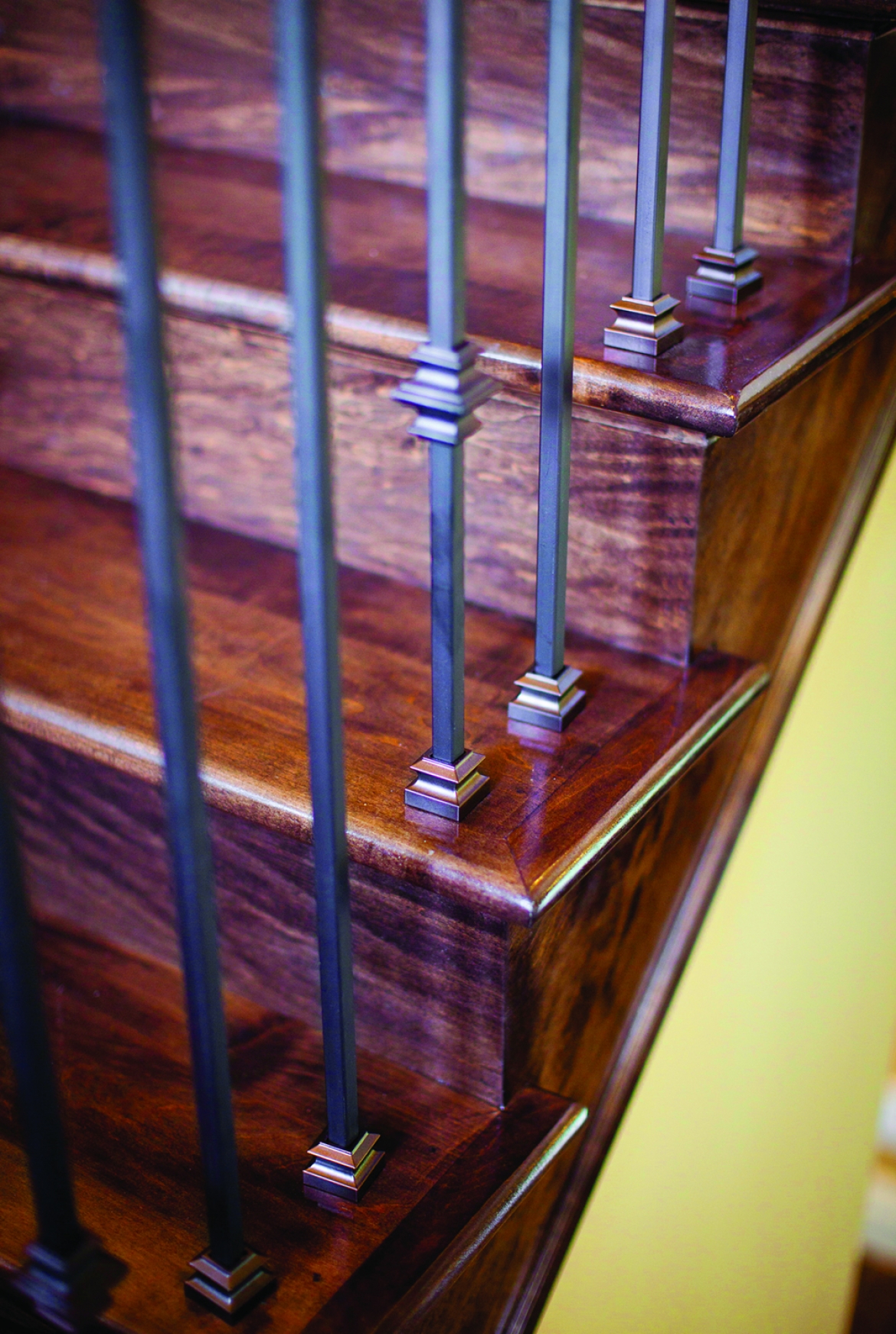Stairs are a necessity in many homes. While stairs serve a practical purpose, they also have the potential to be dangerous.
According to the National Safety Council, more than one million injuries result each year from stairway falls. Staircase and stairway accidents constitute the second leading cause of accidental injury, second only to motor vehicle accidents. Each year, there are 12,000 stairway accident deaths. The Canadian Mortgage and Housing Corporation states that a large portion of Canadians who visit hospitals after a fall on or from stairs or steps in their homes are seniors (men and women age 65 years or older).
However, many stairway falls can be prevented with some simple planning.
- Install sturdy handrails. A common contributor to stairway falls is a failure to use handrails. Sturdy handrails can decrease fall rates. Even if a person slips, he or she may be able to prevent the fall by grabbing on to the handrails and regaining some of his or her balance.
- Rely on highlighters or friction strips. According to a study titled "Safety on stairs: Influence of a tread edge highlighter and its position," by Richard J. Foster, fall risk may be reduced by using a highlighter positioned flush with the tread edge. This helps make stairs more visible, particularly for those with impaired vision.
- Improve lighting on staircases. Failure to see steps may contribute to falls as well. Staircases should be well lit so that residents and guests know where to step. Subtle foot-level lighting can be installed to make it easier for people who frequently use steps at night.
- Use slip-resistant materials. Slip-resistant surface material acceptable for normal floors should work on stair treads. Loose rugs should not be placed at the top or bottom of the landing. Outdoors, rough finishes are recommended, particularly on stairs that are subject to getting wet.
- Improve step geometry. If slips and falls frequently occur on a particular staircase, consider the relationship between the rise and the run, advises the Canadian Centre for Occupational Health and Safety. The National Building Code of Canada says that, within a staircase, treads should have a uniform run and tread depth that does not vary more than 0.5 to 1 cm. Steep steps with high risers and/or short treads can increase the risk of falls.
- Clear away clutter. One easy way to prevent falls is to keep stairs free of clutter. This means removing shoes, toys and other belongings that may be left on stairs or landings.
Many falls on stairs can be prevented by being mindful of certain risk factors.

